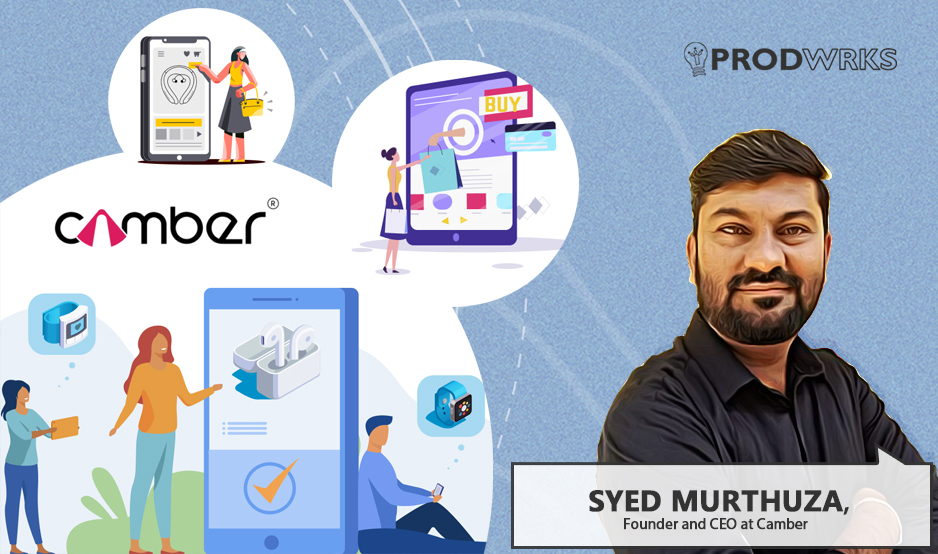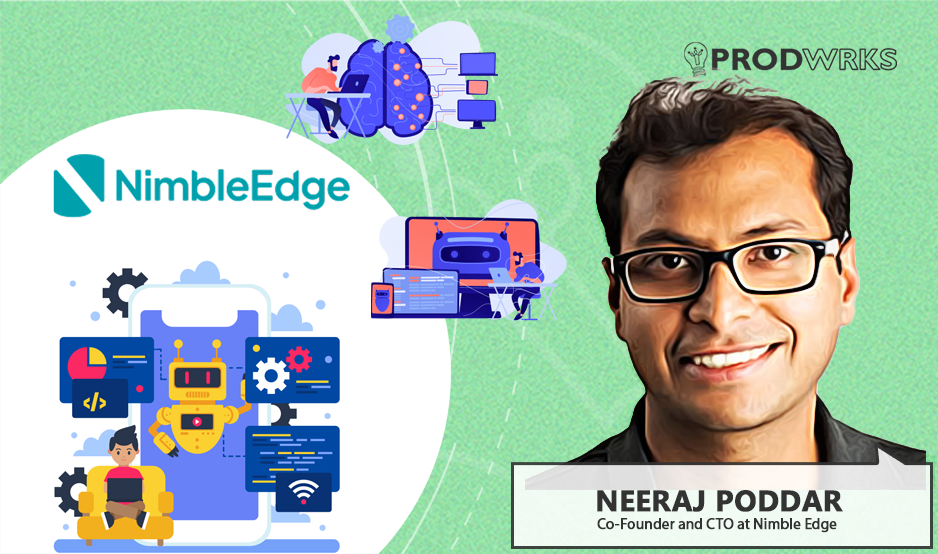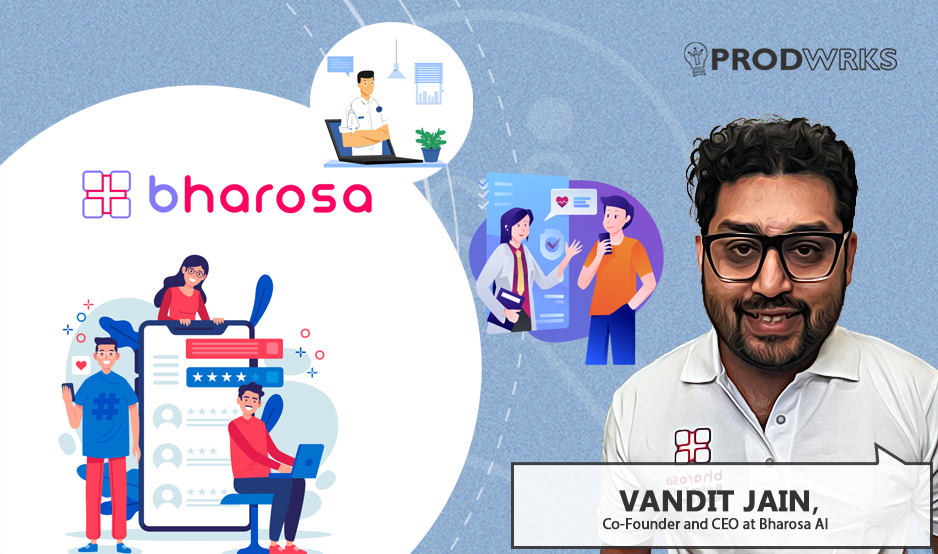
Education is undergoing a profound transformation in the digital era. Thanks to personalised courses facilitated by tech platforms, the focus has shifted from output-based to outcome-based learning. Amongst the change engines at the forefront of this transformation is BrightCHAMPS.
Founded in 2020 by Ravi Bhushan, BrightCHAMPS is valued at $650 million after a $63 million investment from marquee names like US-based GSV Ventures, Premji Invest, and 021 Capital backed by Flipkart co-founder Binny Bansal. BrightCHAMPS is currently operational in 30+ countries, including India, Indonesia, Vietnam, Malaysia, the US, UAE and other SEA and MENA countries.
In an exclusive interview with Bajrang Charan, the Director of Engineering at BrightCHAMPS and IIT Madras alumni, we explore the company’s journey and how BrightCHAMPS engineers products and courses to make learning fun and bring fortunes back to ed-tech.
Building a Global Edtech Company
Bajrang is one of the founding engineers of BrightCHAMPS. He recalls his initial days with the company and how he shares his ed-tech vision with the company’s founder, Ravi Bhush.
“I come from a village. I understood that the skills you need in your career differ from what we learn at school. Later, when I joined IIT Madras, I was trying to launch my own ed-tech startup. At this point, I met Ravi, and he had the idea to build a global product offering next-gen skills for kids. I was immediately hooked to his vision and joined him in building BrightCHAMPS.”
Bajrang is one of the founding engineers of BrightCHAMPS. He recalls his initial days with the company and how he shares his ed-tech vision with the company’s founder, Ravi Bhush
“I come from a village. I understood that the skills you need in your career differ from what we learn at school. Later, when I joined IIT Madras, I was trying to launch my own ed-tech startup. At this point, I met Ravi, and he had the idea to build a global product offering next-gen skills for kids. I was immediately hooked to his vision and joined him in building BrightCHAMPS.”
BrightCHAMPS started in the Middle East as a pilot with a mission statement to bridge the educational gap for the world’s two billion kids. And Bajrang says the intention was always to make it a global ed-tech company. He has an interesting explanation as to why they didn’t start operations here in India.
“One of the reasons to go outside and then come in (to India) and then branch out again was to crack language-locked markets. Our mission encapsulates providing education to all the two billion kids under age 18, and not everyone will be from an English-first country,” says Bajrang.
“If you focus on India, we have so much diversity here, and you get stuck with English. We were forced to break the mold in our heads that, as a company, we will always have to solve for different languages. Once we cracked foreign markets, it was not difficult to crack India.”
Bajrang says that BrightCHAMPS found market fit in the Middle East as soon as they launched. He says, “From this experiment, we learned that demand was high, and we had the right product to serve them. So, we could scale quickly.”
Understanding Customers vs. Users
Bajrang says that the biggest realizations from their experiment of going global were learning that their customers and users are two different people and learning about the aspirations of parents and students.
“Our customers are parents, but our users are children. The aspirations of parents for an educational product are very different from what their child wants. Kids want to have fun, but parents want value.”
But ultimately, he says that the children are the king in ed-tech.
“You can throw as much money as you want. But if the child says, I don't want to attend this class, or I don't want to do this, no amount of money can make the child happy. So, you, as a product leader, must ultimately cater to the child's interests. And that is something that we've learned very early in our journey.”
As a company, BrightCHAMP’S core ethos is to make learning fun for children. He says, “We have built the platform to make it free for the child to explore everything that they want to do. This is fundamental to the way we built the company. Our leadership has rallied around this DNA, and we believe that if it’s not a fun product, it’s not worth building at all.”
Understanding Value: Mature Markets vs. Asian Markets
From their experience and experiments with designing various educational products for different markets, the BrightCHAMPS team has uncovered key insights into the psyche of the decision-makers – the parents.
Parents seek a more interest-based and comfortable learning environment for their kids in mature markets like the United States and the UAE. However, in Asian markets, including Vietnam and the Philippines, affordability and value-consciousness play a significant role.
“In mature markets, parents want kids to learn in a comfortable, productive environment, not with specific learning outcomes and timelines in mind. But in Asian markets, parents spend a bigger chunk of their annual income, sometimes 40-50%, on their kid’s education. So, they are more value-conscious about what they get from it.”
So, who are the ideal customers for ed-tech startups? Should it be the Asian parents or parents in more mature markets?
Bajrang explains, “The choice is to understand who you want to cater to and what your product delivers. In terms of pure economic value, an American parent might be spending more, but it is not a big percentage of their income. The Asian parent might be spending less, but the proportional value is much higher. So, the aspirations of Asian parents and what you can do for the Asian parent are also a lot more.”
Balancing these diverse aspirations poses a challenge. However, Bajrang believes it’s also an opportunity if ed-tech companies understand the value proposition they give different markets and the economic outcomes they can expect from their targeted geographies.
“I think that's where the sweet spot for passion comes into play and the value you want to add with the products you build. If you take the bigger chunk of the lesser (economically) valuable segment, and when you create an impact for them, it cascades, and you become the market leader within the niche.”
These insights have enabled BrightCHAMPS to understand its users and different target groups around the world in order to design and build products that make sense to their aspirations.
“We aim to cater to everyone while understanding their unique needs. It’s about creating a substantial impact across different segments,” says Bajrang.
AI Experiments
Providing quality education is less about a content problem and more of a motivation problem for children. So, one of the things that the entire leadership team within BrightCHAMPS is very passionate about is bringing out a child’s natural interest in learning.
“If a child is interested in history, they shouldn’t learn a curriculum skewed towards science or math. We're modifying our curriculum so that even coding is taught via history for a child interested in history. If a child responds better to video content, we will enable learning with the video format,” says Bajrang.
Providing quality education is less about a content problem and more of a motivation problem for children. So, one of the things that the entire leadership team within BrightCHAMPS is very passionate about is bringing out a child’s natural interest in learning.
“If a child is interested in history, they shouldn’t learn a curriculum skewed towards science or math. We’re modifying our curriculum so that even coding is taught via history for a child interested in history. If a child responds better to video content, we will enable learning with the video format,” says Bajrang.
Practically implementing these solutions is a huge exercise, especially when you multiply the content with the number of languages that a global ed-tech platform like BrightCHAMPS caters to. To tackle this issue, they have harnessed the power of AI and ML. BrightCHAMPS uses a ‘matching engine’ to pair suitable tutors with the right students, ensuring that teaching is linguistically appropriate and culturally relevant.
But, what sets BrightCHAMPS apart is also their groundbreaking AI Tutor. In a departure from the traditional teaching model, they have integrated AI into their platform through animated characters.
“In traditional teaching, the tutor will explain from a screen or a blackboard. In BrightCHAMPS, we have made teaching and learning more interactive by removing the screen and replacing it with animated characters inside the BrightCHAMPS platform. These AI characters interact with students and deliver the content dynamically while the tutor is teaching,” explained Bajrang.
These AI characters are powered by a large language model (LLM). This LLM is trained on specific curriculums and is integrated with the necessary tools and features to explain various topics comprehensively. The student interacts with the animated AI characters, fostering a dynamic and engaging learning environment.
The Future of Education
Imagine a scenario where a child can learn about financial concepts like barter through interactive characters and engaging video content. This is the future that BrightCHAMPS is building, where the AI Tutor is not a static entity and adapts to each student’s needs.
Moreover, BrightCHAMPS is actively working on fostering Socratic thinking through their AI Tutor.
“It’s not just about rote learning. It’s about encouraging students to question and apply their knowledge in different contexts. This approach aims to develop a deeper understanding and retention of concepts, making education more meaningful and relevant,” says Bajrang.
BrightCHAMP’S commitment to tailoring education to individual interests and fostering critical thinking might be the spark that will redefine the educational landscape. By embracing AI Tutoring and personalization, they are on a mission to make learning informative and enjoyable, nurturing a generation of lifelong learners with a thirst for knowledge.



